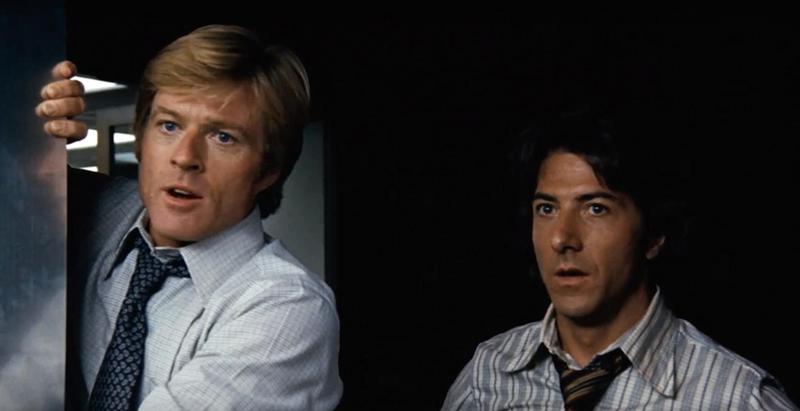These are my notes for the K5M Book Club on the book Money, by Jacob Goldstein.
How Two Guys in a Room Invented a New Kind of Money
This chapter seems like it could be a whole book. Or a 10-part television series on Netflix. I mean, I guess it kind of was a movie…
The chapter starts out with what Jacob Goldstein calls the standard story of the 2008 financial crisis:
- Shady lenders gave ridiculous mortgages to unqualified buyers of overpriced houses.
- The ridiculous mortgages were then bundled together, sliced up, and sold off to investors.
- When housing prices started to fall, the unqualified buyers couldn’t pay back the ridiculous mortgages.
- The investors who bought the bundles of ridiculous mortgages blew up and took the economy down with them.
But I was thinking, I’m sure it didn’t seem ridiculous or overpriced at the time. So I crossed out all the qualifiers…
- Lenders ridiculous mortgages to buyers of houses.
- The mortgages were then bundled together, sliced up, and sold off to investors.
- When housing prices started to fall, the buyers couldn’t pay back the mortgages.
- The investors who bought the bundles of mortgages blew up and took the economy down with them.
To me it’s funny that this less dramatic version reads as true as with all the ridiculous unqualified and shady stuff.
The Two Guys

Harry Brown, a cartoonist for The Harvard Lampoon, went on to become a gentleman farmer and enter the annual “Punkin Chunkin” competition. He died in 2008.
Bruce Bent was cleared of fraud in 2012 after he led the fund to “break the buck.”
1933: Regulations to Make The Rich Richer

“Federal regulations put in place in 1933 capped interest rates on bank savings accounts and prohibited any interest at all on checking accounts. But people who had lots of money and were willing to tie it up for a few weeks or months could get more interest from opening savings accounts of at least $100,000 or buying short-term government debt known as Treasury bills (or T-bills).”
Goldstein doesn’t dive into this here, but here is an example of government regulation preventing banks from competing by offering higher interest rates on savings accounts and mandating no interest on checking accounts while allowing the rich the opportunity to make more money than everyone else using a government program. That’s… pretty fucked up!
So Harry and Bruce pooled their investors money together and invested in the rich people’s way making each share of their fund a dollar and as people started to understand that the the price would never drop below a dollar (unless the United States failed to pay it’s debt) a new kind of money was born. Shares of their fund were treated as money.
Shadow Banking

Bruce and Harry also invented “shadow banking,” which is the less regulated system of lenders, brokers, and intermediaries all doing bank stuff via investment vehicles. The lack of regulation means that lenders in the “shadow banking” can offer better terms to clients without the same capital requirements. Even without knowing how it all came about, you can sort of see where this is leading…
“The short term IOUs that are issued by shadow banks … are called cash equivalents,” Morgan Ricks, a trader turned law professor, wrote later. “Corporate treasurers and other businesspeople just call them cash.” In other words, shadow banks were creating real money.

Bear Stearns
Bear Stearns borrowed a shit ton of money to put into mortgage backed securities. The pensions funds got spooked and wanted their money back, but it was all invested… so Bear Stearns borrowed $10 billion from Fidelity.
The story of the demise is crazy… it seems like there had to have been a lot going on behind the scenes.
Follow The Money

At the end of the chapter Jacob Goldstein says:
One essential lesson of the Panic of 2008 is this: follow the money. Not in the traditional sense of looking for the place where the money is going, but in the shadow money sense of looking for the place where new kinds of quasi-money are being created. Look for the place where people are making loans that don’t feel like loans—they feel like money in the bank, which can be withdrawn at full face value at a moment’s notice.
Which immediately made me think of USDC: the world’s leading digital dollar stablecoin… I’m sure it will be fine.
